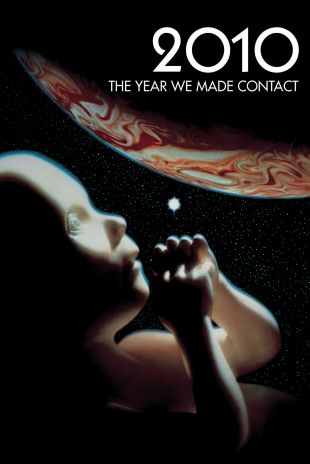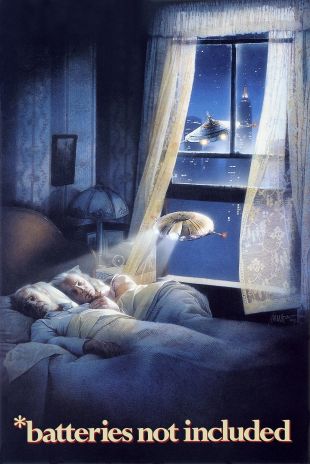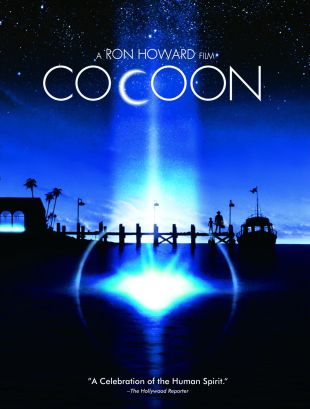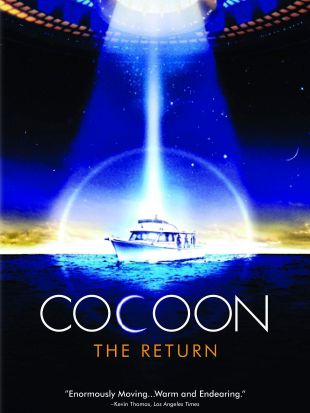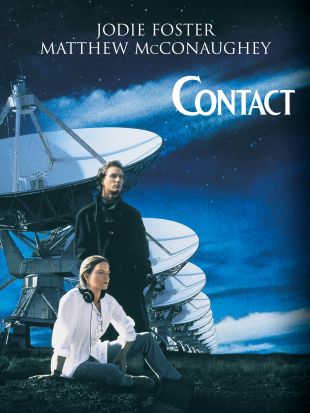
Close Encounters of the Third Kind (1977)
Directed by Steven Spielberg
Genres - Drama, Mystery, Action, Adventure, Science Fiction, Thriller |
Sub-Genres - Adventure Drama, Psychological Sci-Fi |
Release Date - Nov 16, 1977 (USA) |
Run Time - 137 min. |
Countries - United Kingdom, United States |
MPAA Rating - PG
Share on
Synopsis by Mark Deming
Steven Spielberg followed Jaws (1975), his first major box-office success, with this epic science fiction adventure about a disparate group of people who attempt to contact alien intelligence. Roy Neary (Richard Dreyfuss) is an electrical lineman who, while sent out on emergency repairs, witnesses an unidentified flying object, and even has a "sunburn" from its bright lights to prove it. Neary's wife and children are at first skeptical, then concerned, and eventually fearful, as Roy refuses to accept a "logical" explanation for what he saw and is prepared to give up his job, his home, and his family to pursue the "truth" about UFOs. Neary's obsession eventually puts him in contact with others who've had close encounters with alien spacecraft, including Jillian (Melinda Dillon), a single mother whose son disappeared during her UFO experience, and Claude Lacombe (celebrated French filmmaker François Truffaut), a French researcher who believes that we can use a musical language to communicate with alien visitors. Lacombe's theory is put to the test when a band of government researchers and underground UFO enthusiasts (including Neary) join for an exchange with alien visitors near Devil's Tower, Wyoming. In 1980, a "Special Edition" was released. While its primary selling point was the addition of scenes inside the alien spaceship, Spielberg claimed that he also cleaned up some choppy editing in the second act.
Characteristics
Moods
Themes
Keywords
alien [not human], contact, obsession, UFO (Unidentified Flying Object), close-encounter, communication, musical-code
Attributes
High Artistic Quality, High Budget, High Historical Importance, High Production Values

